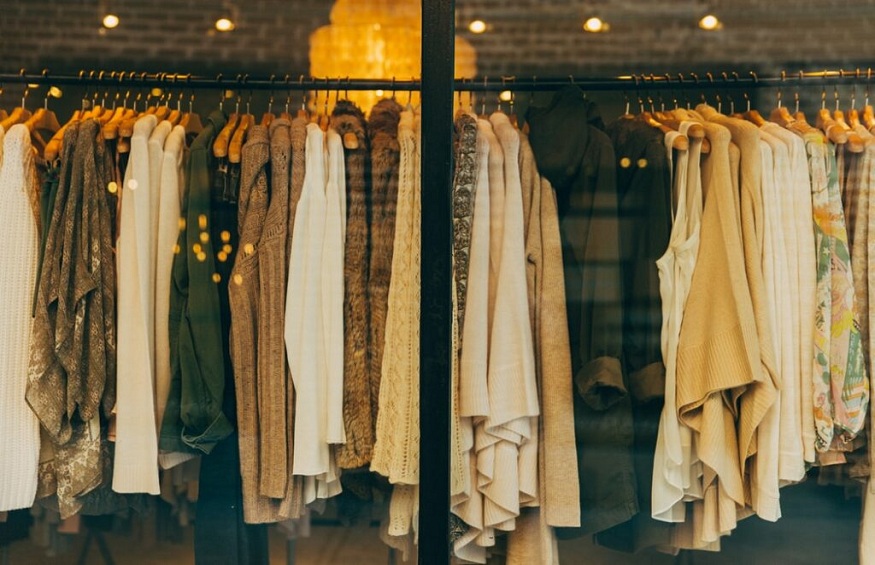The growing dynamism of consumers and their ever-changing preferences today gave rise to an increase in globalization. Especially in the fashion industry where trends change from season to season, retailers tend to constantly look into ways to cope up with the growing demands of consumers. To this end, business to business (B2B) transactions have become the solution.
B2B transactions helped fashion retailers fast track their processes and smoothen the flow of their supply chain by establishing reliable connections globally. However, with the disruptions in globalization and in the supply chains due to border controls brought about by the COVID-19 pandemic, businesses had to shift their strategies as consumer demand changes. This led to serious supply problems, which triggered the development of B2B e-commerce. In the fashion industry, B2B fashion wholesale through e-commerce became the trend.
Understanding B2B Fashion Wholesale Through E-Commerce
B2B e-commerce is similar to traditional B2B transactions except that it is conducted online: communication, orders, and payment are all handled digitally. One of the categories of B2B e-commerce is wholesale.
Retailers in the fashion industry frequently purchase goods in bulk from wholesalers who offer more reasonable prices. This enables them to increase the price of the goods to an acceptable level when sold separately to customers, allowing them to profit. Wholesalers, on the other hand, set minimum order amounts that retailers can purchase in order to meet their revenue goals.
Traditionally, the transactions between retailers and wholesalers occurred personally, via phone, or through spreadsheet order forms. This exposed businesses to many risks, such as delayed arrival of orders and inefficient payment methods. However, as B2B fashion wholesale shifted to e-commerce, processes grew more reliable, and risks were reduced.
How B2B Fashion Wholesale Through E-commerce Minimizes Risks
It streamlines the ordering process
Even before clients begin looking for products, the platform allows wholesalers to display photographs and create detailed product descriptions, ensuring a smooth purchase experience for customers. Both parties will save time by not having to deal with as many product inquiries, and the risk of ordering or receiving the wrong items will be reduced because orders are automatically reflected in wholesalers’ monitoring systems.
During the approval and processing of orders, the platform also automatically sends shipping details to clients so they may communicate directly with logistics companies. This allows users to track their orders and expedite them when necessary, reducing the possibility of order delays.
It manages customers better
B2B e-commerce offers a more effective channel for customer management. Through e-commerce platforms, customers will be required to create an account and log-in before engaging in a transaction with wholesalers. This minimizes the danger of scam orders and product deliveries both on the part of customers and wholesalers.
Furthermore, wholesalers can generate data and see how their customers purchase through e-commerce platforms. They can use this data to identify areas for improvement and enhance shopping experiences through an automated cross-sell and up-sell recommendation program. Through this, customers will be able to order the products they need while minimizing order concerns.
Despite the unprecedented challenges brought about by the COVID-19 pandemic to the supply chain, both sellers and customers will be able to keep up with the ever-changing trends and demands of the fashion industry through B2B fashion wholesale through e-commerce.

